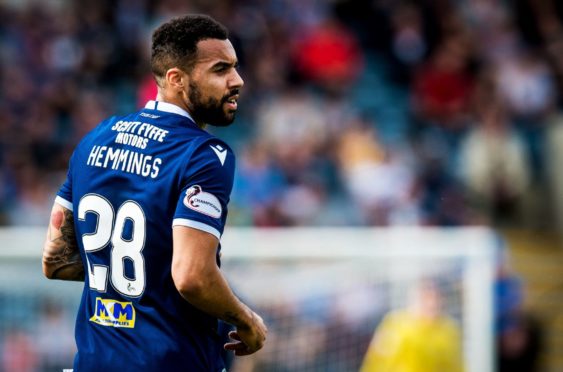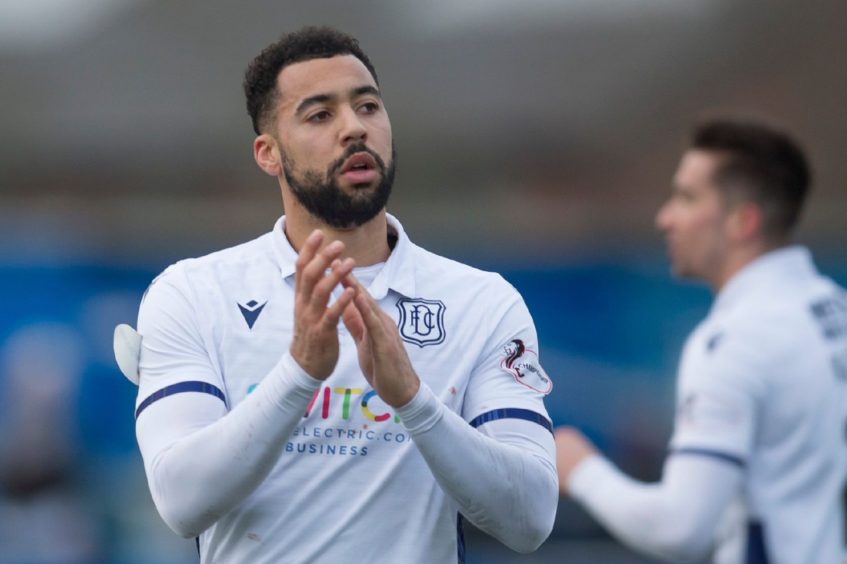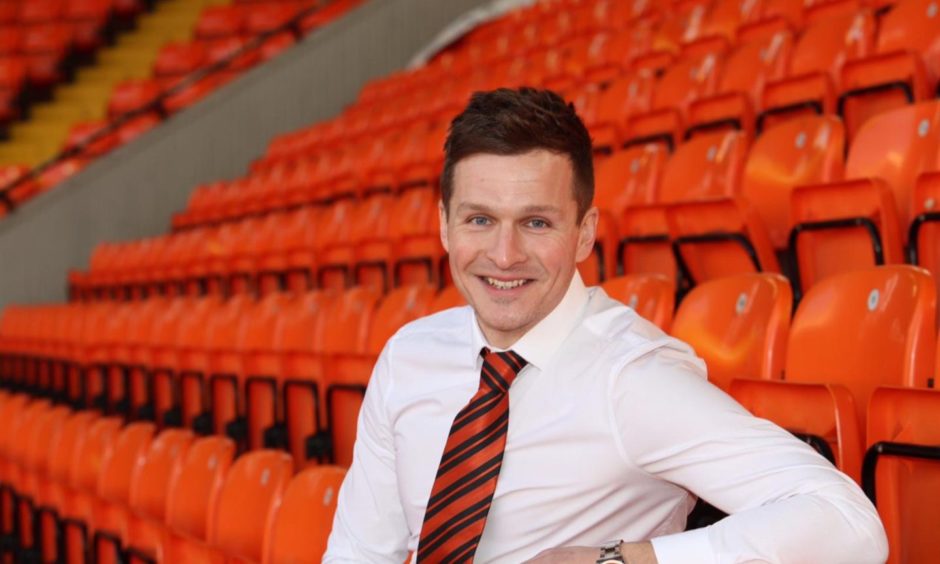Beyond football’s bright lights lies a world of pain for some players.
Those of us fortunate enough to enjoy good mental health can struggle to walk a mile in the shoes of those who don’t, but it’s important that we try.
The revelations in The Courier that Kane Hemmings had struggled with suicidal thoughts in his time at Dundee FC were deeply moving and worrying in equal measure.
We can look at the surface of things in football and see young players who appear to have the world at their feet – and we can envy them doing something they love and being paid for it.
What we see is often an illusion though, as Hemmings’ painful admission proves.
Anxiety, depression and sometimes, tragically, even worse, in a game where we’ve been used to telling folk to “man up”, appear to be commonplace.
In the first week of Lent it’s maybe timely to remember that none of us knows the cross someone else is carrying and the heavy burden they silently bear.
Football can be a brutal business.
It can combine career uncertainty, living in strange cities minus family and friends with too much time too kill and bitter public criticism when things are going badly.
Youngsters are released with their dreams shattered, older players approach their career end without any plans for the future and in the middle ground reside many once-promising careers which have stalled, become stunted and lost their way.
Players are thankfully talking about their issues more than they once did and their union, PFA Scotland, is engaged in addressing the many issues involved, but all of us could do more.
That troubled player is someone’s son or daughter, brother or sister, or partner.
Those of us who’ve never struggled with such issues might call to mind the words of the old Elvis Costello song, “What’s So Funny ‘Bout Peace, Love and Understanding”, in offering more support to those unfortunate souls floundering in the depths.
If you aim for the stars and hit the moon it’s still a decent result.
Some cynics might scoff at Dundee United’s coaching and educational link with Brazilian giants Fluminense, but big ambitions are better than none at all.
With United Academy director Andy Goldie organising staff education programmes which include sharing information with Benfica and Roma, the club are showing an open-minded approach to learning from the top echelon.
The game is a global sport and anything which can be gleaned which improves young football players by even a scintilla is worth pursuing.
Closed minds are the enemy of progress.
Football has developed at the top level in a variety of ways from sports science, sports psychology, analytics and even modelling predictors of injury levels and frequency for players.
Too often we’ve failed to develop in pace with the game elsewhere.
Historically, the “Scotch Professors” took their superior combination and passing football to England to change the nature of the game.
That’s lost in the mists of time, but shows that at one time we led the world.
It’s good to see the Tannadice club embracing the knowledge which might just produce future genius.




